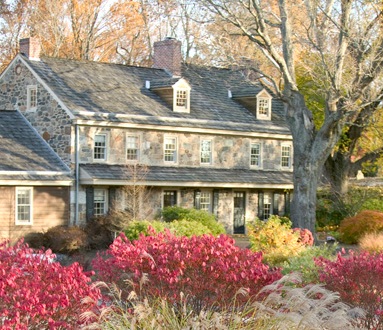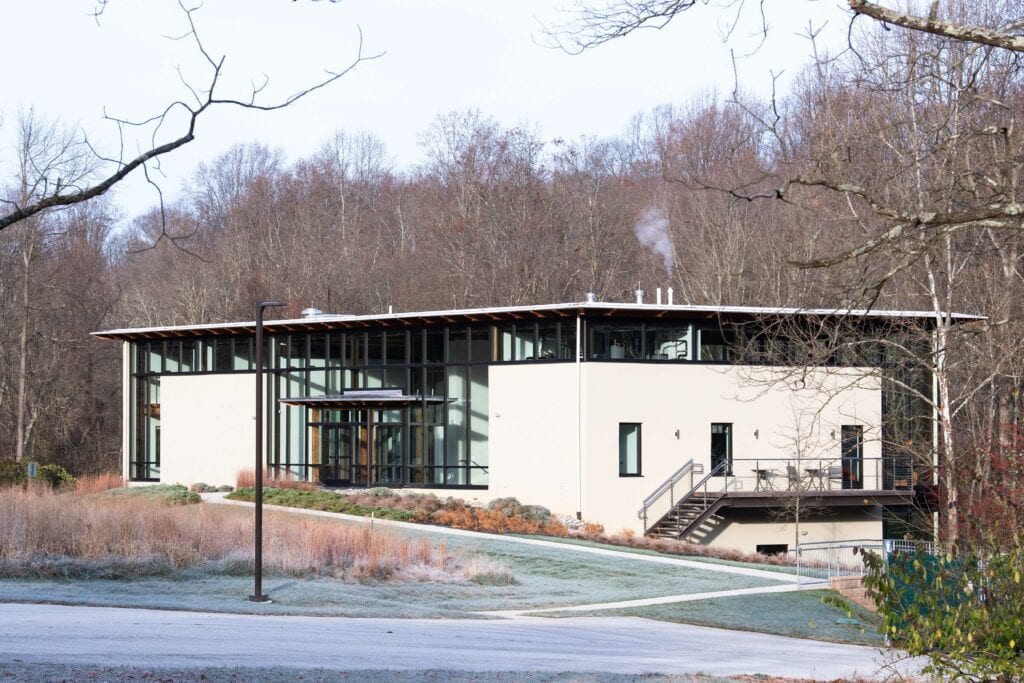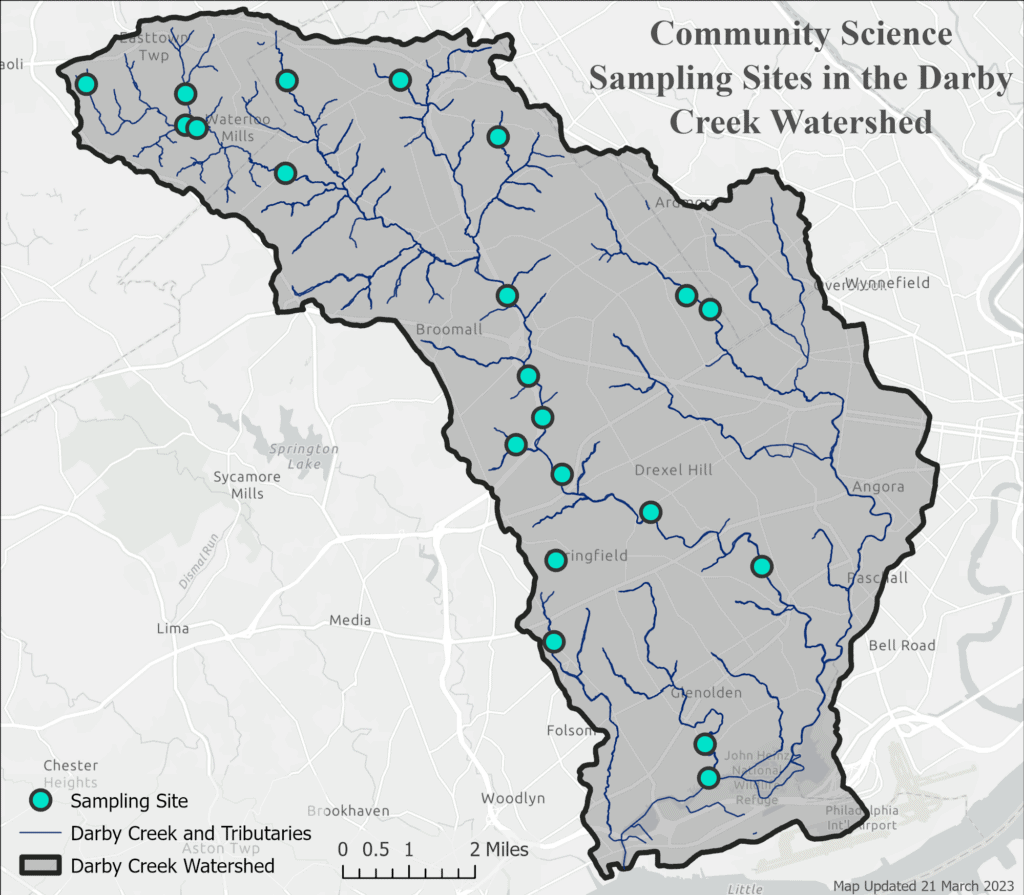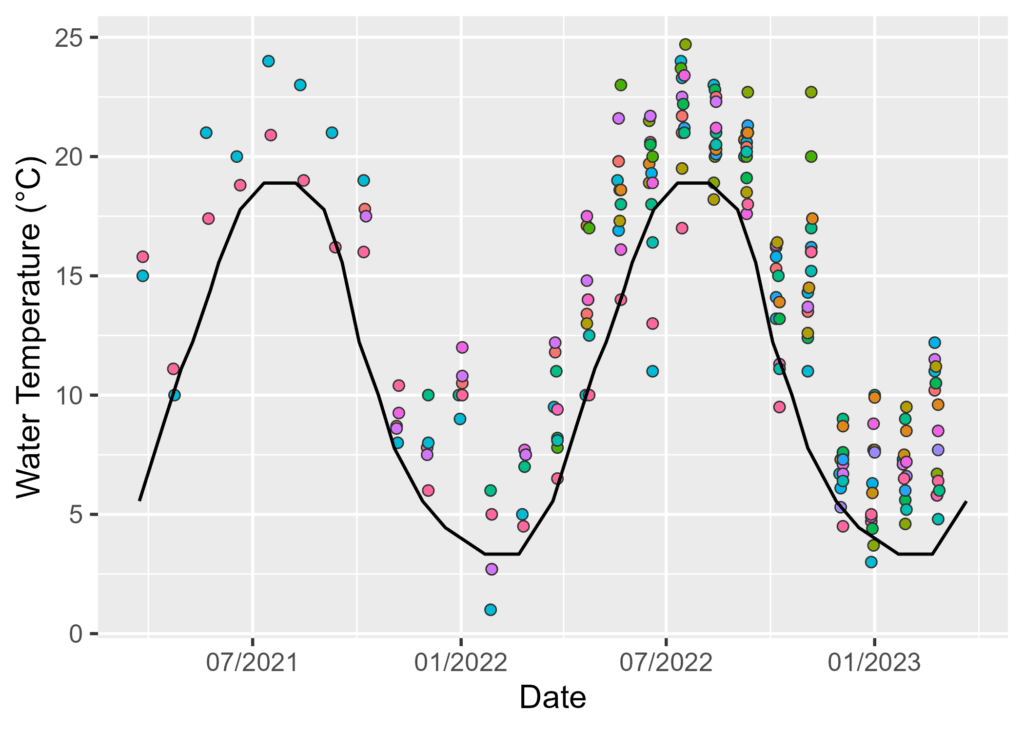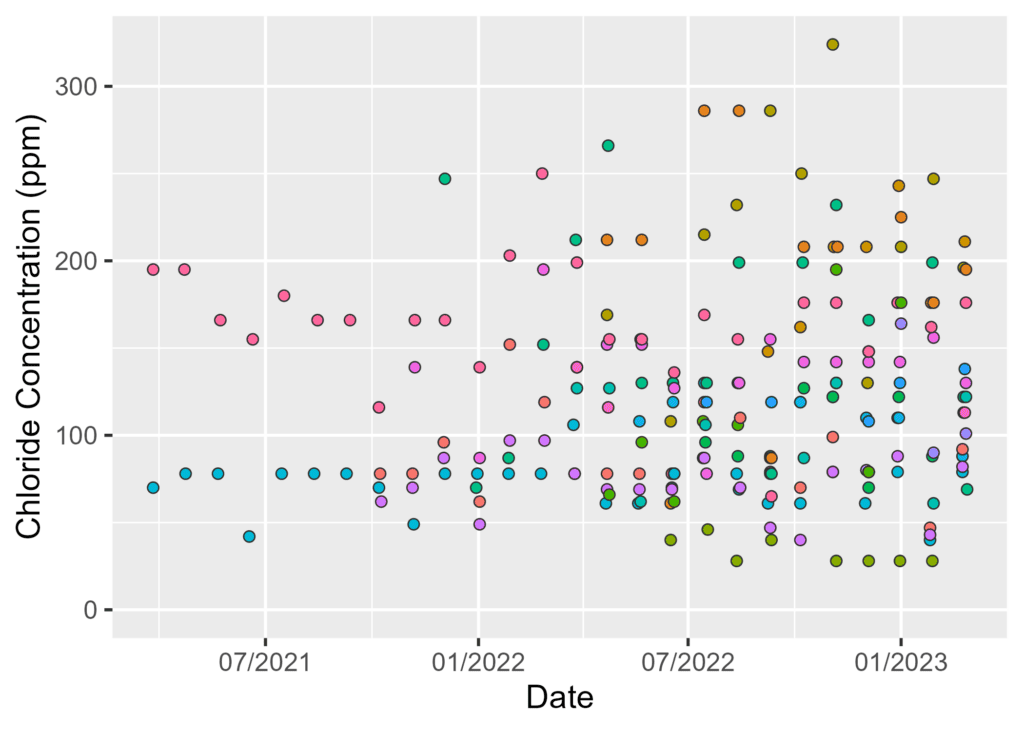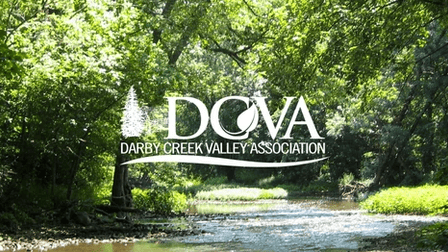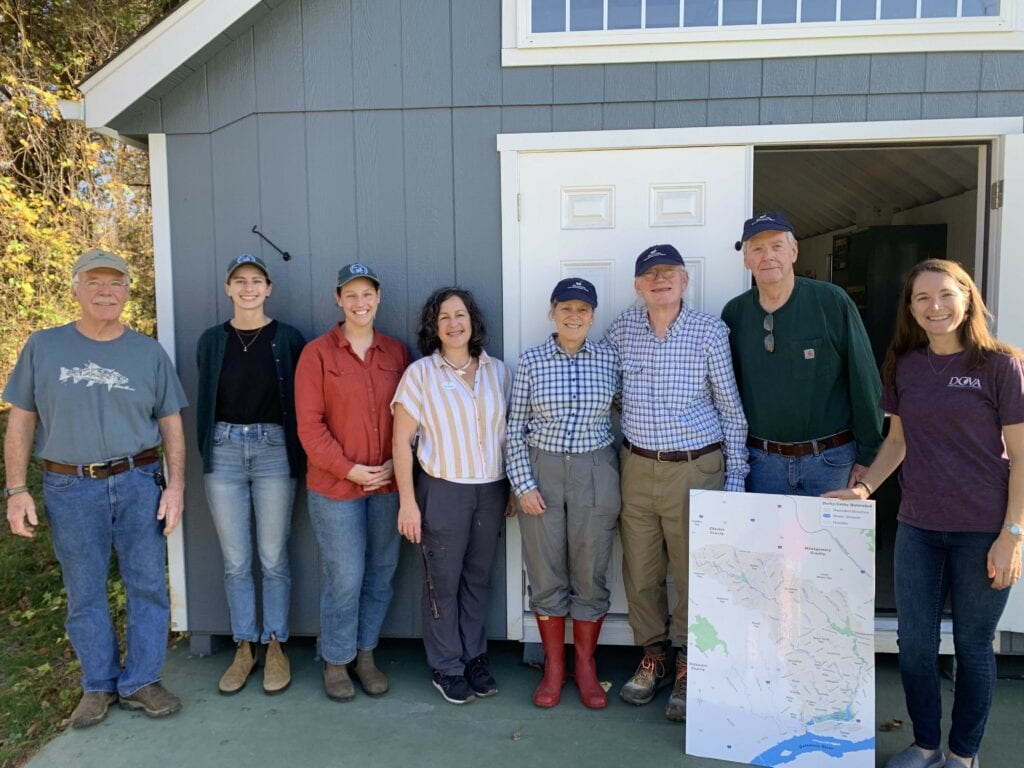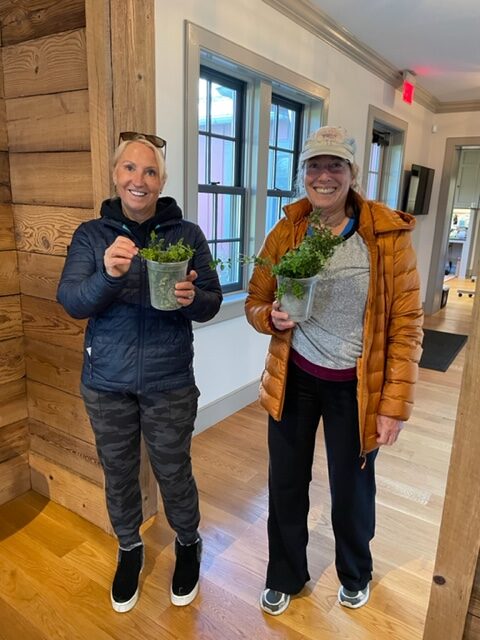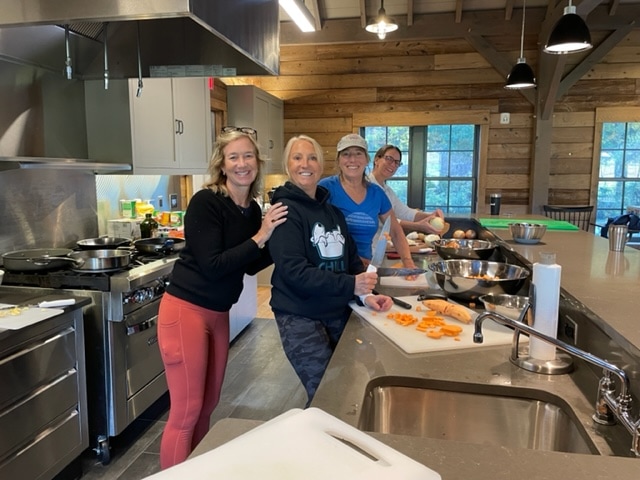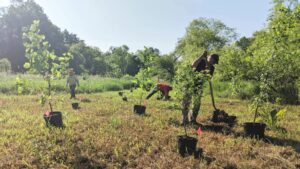By Andrew Kirkpatrick, Director of Stewardship
If you’ve recently been out to Rushton Woods Preserve, you likely noticed some new plantings, closed trails due to maintenance, and extra noise from various machinery. For the last year, we’ve been busy at work at Rushton, and we’re pleased to report on the many projects that will help make Rushton Woods Preserve an even better experience for all!
This year, WCT received a grant from the PA Department of Environmental Protection’s Growing Greener program that — combined with funding from PA Department of Conservation and Natural Resource’s C2P2 program — will pay for the design and construction of a half-acre bioretention basin with a perimeter ADA path in the field below the Rushton Conservation Center.
A bioretention basin is a green stormwater infrastructure improvement that slows down runoff and contains it behind berms filled with native plants. The stormwater collects and infiltrates slowly into the ground rather than flowing across the surface, which reduces erosion and downstream sedimentation.
The new basin, which will be constructed next year, will also provide more habitat for pollinators and birds. Filled with a variety of native plant species that tolerate periods of wetness, the basin will demonstrate to the public the benefits of combining habitat improvements with stormwater management strategies.
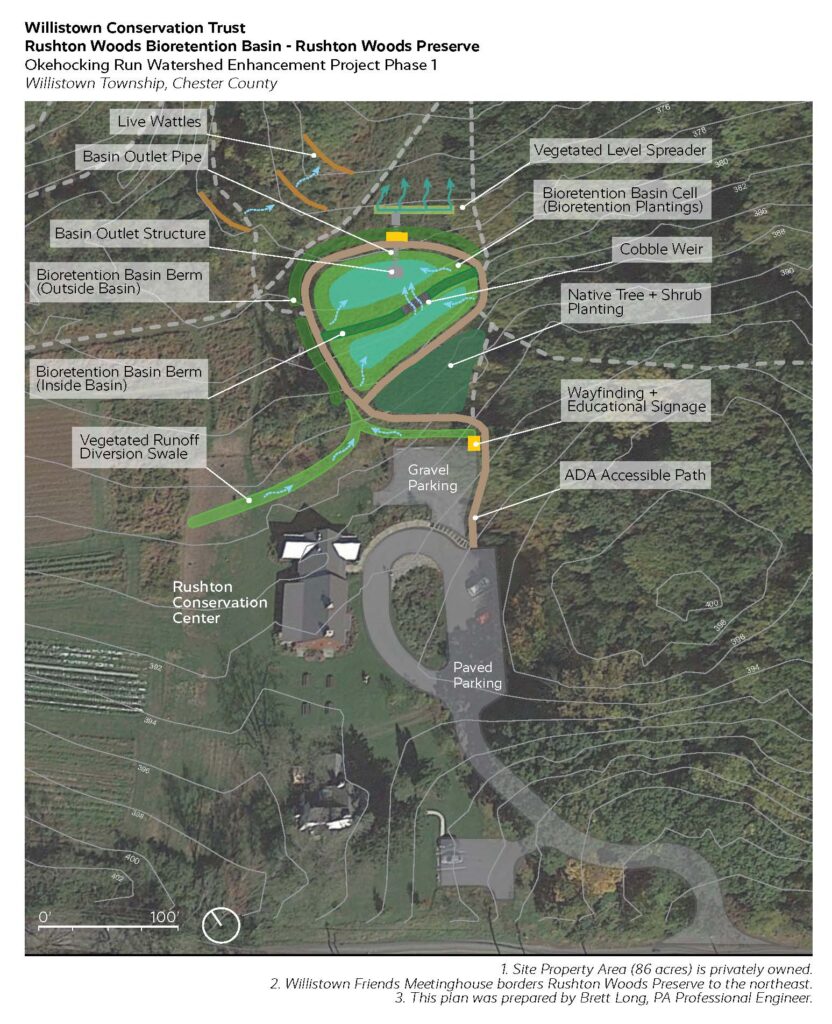
This spring we will construct an ADA path to connect the Rushton Conservation Center to the farm shed. This new path will provide a safe and durable surface for users of all abilities to enjoy the views of the farm and preserve. As part of the project, we will also be restoring a section of the hedgerow with native shrubs that support birds with high quality food and nesting. The project is funded by grants from Chester County and PA DCNR.
At the end of last year, we finished a trail project through the main corridor in Rushton Woods that improved the surface and stability of the trail for pedestrians and equestrians. Green Roots Inc. worked throughout an unusually wet fall and winter to lay fabric and stone aggregate to create the new tread surface. They also installed pipes underneath the trail to improve overall drainage throughout the corridor.
This was the first phase of an overall plan to improve trails at the Preserve for visitor enjoyment, safety, and accessibility. Most of the trails at Rushton were never properly designed or sited, but are the remnants of a legacy of equestrian use and fox hunting. Where the fox went, the horses followed, and thus, a trail was born. Now with the help of grant funding, we are improving our trails to deal with the increasingly intense storms resulting from climate change. Taking action now will ensure their long-term viability and accessibility for years to come.
We identified all of these projects during our Master Planning process that looked at the ecological and cultural resources at the Preserve. We then developed plans to improve these resources and amenities while increasing their sustainability and resilience for future generations.
For now, we hope you’ll spend some time exploring these new trails at Rushton Woods Preserve! See you in the woods.
